Would this be a bog?
vegangirl
19 years ago
Related Stories

GARDENING AND LANDSCAPINGHow to Make a Pond
You can make an outdoor fish paradise of your own, for less than you might think. But you'll need this expert design wisdom
Full Story
GARDENING GUIDESGreat Design Plant: Cephalanthus Occidentalis
Buttonbush is an adaptable woody shrub with delightful pincushion flowers
Full Story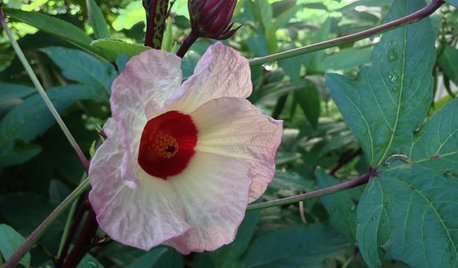
EDIBLE GARDENSGreat Design Plant: Roselle Tantalizes With Beauty and Flavor
Call it a fruit or a flower or a sweet vegetable. This hibiscus is so lovely, all that matters is calling it forth in your garden
Full Story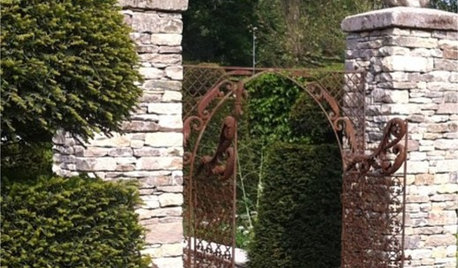
GARDENING AND LANDSCAPINGHighlights of the 2012 Chelsea Flower Show
At the legendary U.K. flower show, traditional topiary saw a resurgence, plant communities gained popularity and a new style made the rounds
Full Story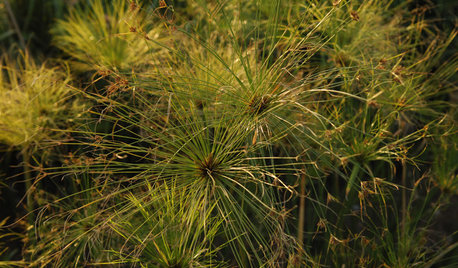
GARDENING GUIDESGreat Design Plant: Papyrus
Out of Africa and into your garden, gently swaying papyrus adds an exotic touch to water features and riverbeds
Full Story0
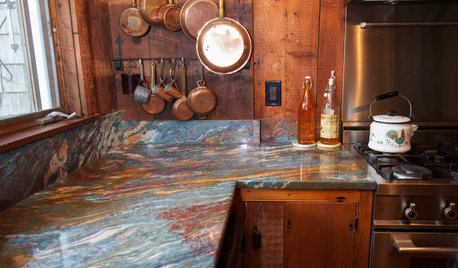
MY HOUZZMy Houzz: Barn Wood Touches for a New England Home
Rustic charm and personality define this family’s traditional Cape Cod home
Full Story
SHOP HOUZZShop Houzz: Crème de la Crème Colors
Ivory and white furnishings reflect winter without feeling cold
Full Story
TRADITIONAL ARCHITECTUREHouzz Tour: Taking ‘Ye Olde’ Out of a Nantucket Shingle-Style Home
Vintage and modern pieces mix it up in a vacation house reconfigured to host casual gatherings of family and friends
Full Story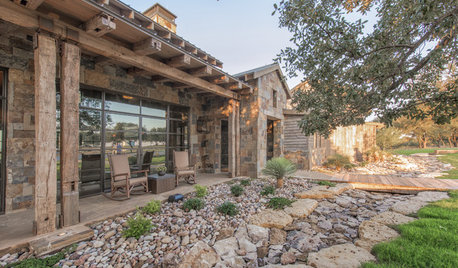
LANDSCAPE DESIGNTo Manage Stormwater Sustainably, Understand Your Site
Follow this guide to learn how water moves through your landscape and how best to manage it
Full Story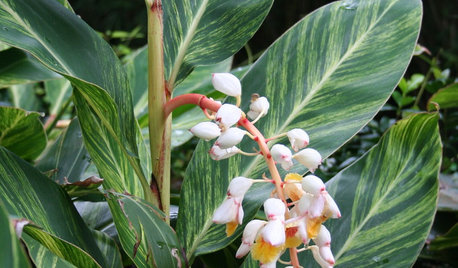
GARDENING GUIDES7 Tropical Bulbs for a Summer Garden That Wows
Try these stunners in summer's powerful heat for garden thrills with an exotic flair
Full StorySponsored






wilddog
vegangirlOriginal Author
Related Professionals
New Bedford Landscape Architects & Landscape Designers · Arlington Landscape Architects & Landscape Designers · Marina Landscape Architects & Landscape Designers · Westwood Landscape Contractors · Allentown Landscape Contractors · Bristol Landscape Contractors · Little Ferry Landscape Contractors · Tinton Falls Landscape Contractors · View Park-Windsor Hills Landscape Contractors · Pittsburgh Roofing & Gutters · Portage Roofing & Gutters · Coronado Roofing & Gutters · Weehawken Roofing & Gutters · Rosemont Siding & Exteriors · San Bernardino Siding & Exteriorspondlady48
Mary_in_CA
nancyBinCC
donna_stevens
MPH101
vegangirlOriginal Author